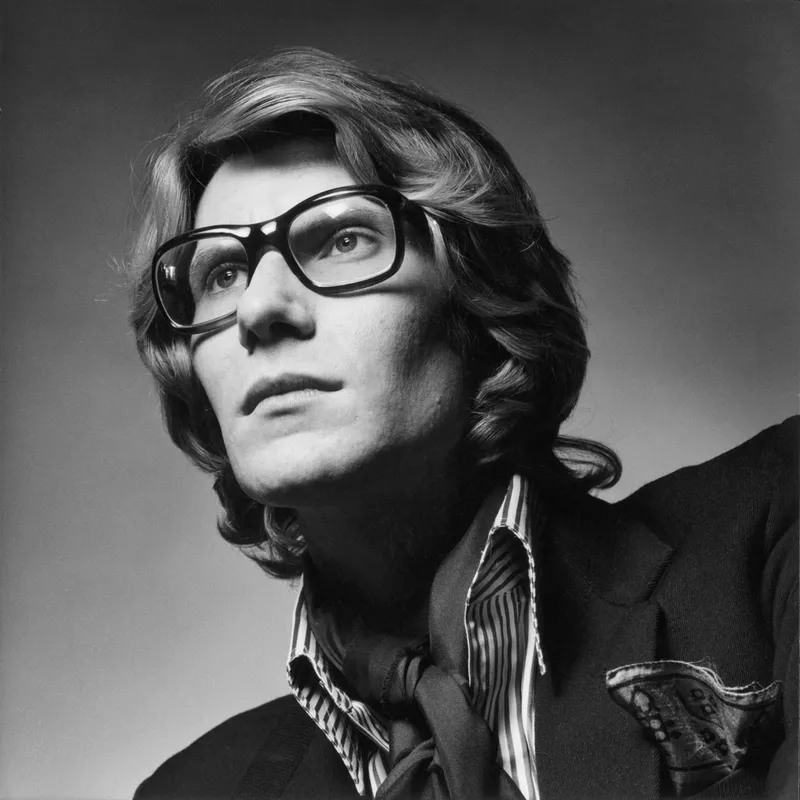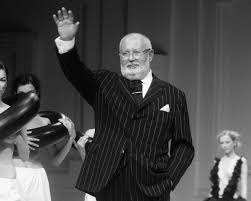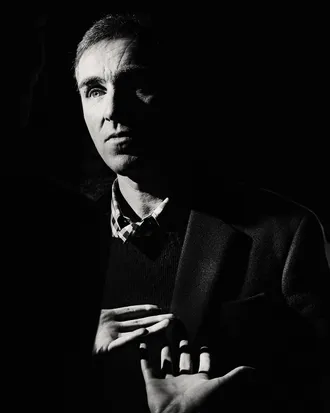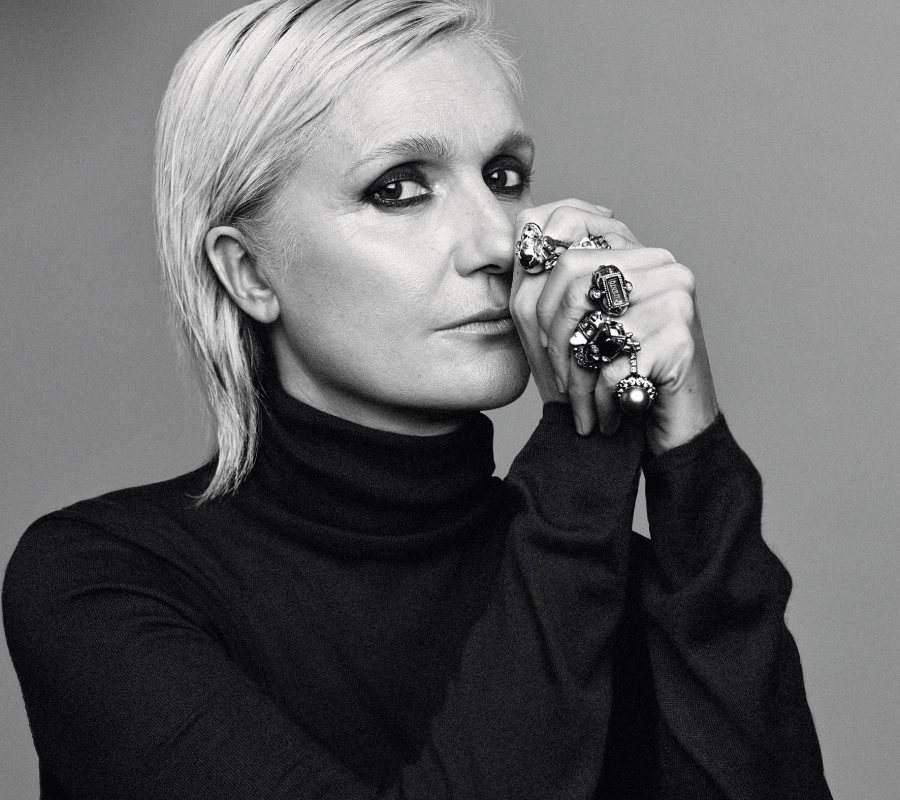Since Dior himself six artistic directors have followed, each bearing a
unique stamp on the identity of the fashion house.
Yves Saint Laurent / 1958-1960

As Dior's head assistant, Saint Laurent went on to lead the fashion line in 1958.
Under his guidance, shapes and materials remained similar but Saint Laurent began to
style clothes in a youthful, softer tact as with Banco and Bal Masque in 1958. He
continued to push the limits of fashion-forward Dior designs, until he was succeeded
by more conservative designer Marc Bohan in 1960.
Marc Bohan / 1961-1989

After Yves Saint Laurent's departure, Marc Bohan took over, making the label's designs
more aligned with Christian Dior's classic vision. He took Christian Dior's concept and
brought it into the 1960s by streamlining it slightly, which gave it a more modern twist
while staying true to the Christian Dior look. With Bohan at the helm, Dior reclaimed its
place as the brand beloved the world over.
Bohan stayed with Dior for more than a decade, continuing to build the brand and make it
even more internationally successful. He launched ready-to-wear and baby clothes, making Dior
more accessible than ever. Stores started popping up in more cities like London and Hong Kong,
and the Dior brand was catapulted to the top of the fashion world.
Gianfranco Ferré / 1989-1996

Italian-born Gianfranco Ferré became artistic director in 1989. As the first non-French designer,
Ferré eschewed romantic looks, preferring more refined fashion concepts as in dresses, Palladio
in 1992 and Robe Hellébore in 1995. He also formally founded Dior Haute Couture, a vital arm of the
Christian Dior brand. Ferre elevated the brand to new heights, injecting his own creative vision,
which included a more refined look than the brand was known for.
John Galliano / 1997-2011

The fashion house took a very different turn under British designer John Galliano. Galliano
was known for extravagant designs like Embroidered satin dress in 2004 and Gold embroidered
mohair bouclette coat in 2009. His bold vantage led to notorious fashion shows with controversial
themes like homelessness for Haute Couture Spring/Summer 2000, as well as provocative erotic ad
campaigns.
Raf Simons / 2012-2015

Raf Simons designs were more understated and feminine, reminiscent of the classic Dior. Simons'
direct aesthetics brought Dior fashion back to a more uncomplicated path in creations like the
3/4th-length duchess satin evening gown with Sterling Ruby SP178 shadow print in 2012 and
Embroidered tulle and silk evening gown in 2013.
Maria Grazia Chiuri / 2016-present

Dior made history in 2016 when the fashion house hired its first female artistic director:
Maria Grazia Chiuri, formerly of Valentino. Chiuri added a woman's touch to the style at Christian Dior,
famously creating her feminist-centric line, yet her direction still felt in line with what Dior
created all those years ago. Although all the male creative directors who came before her were all
in their own way instrumental for the brand, Chiuri brought bold, social consciousness to the label,
taking the brand from feminine to feminist. In doing so, she seized an important place for Dior in
fashion that is modern, relevant, and classic, all at the same time.





